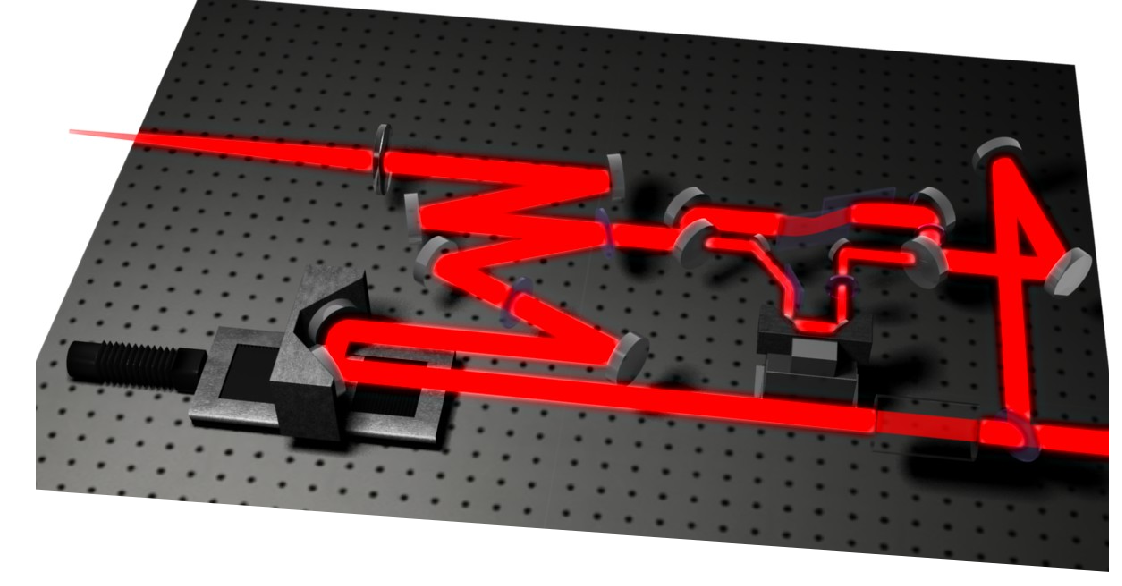Attosecond pulses may be used to either characterize the target gas that generated them, or to measure ultrashort dynamics in a second target. In the first case, the process of attosecond pulse generation must be carefully modelled to retrieve structural and dynamical properties out of the emitted radiation. Up to now, we restricted our studies to small molecular samples (nitrogen, carbon dioxide...). We developed ultrastable XUV beamlines based on interferometers to be able to impulsively align the molecular samples in a given direction, generate harmonics in this aligned sample, and fully characterize the emitted radiation. Our expertise is especially developed on the multidimensionnal characterization of the attosecond pulses in amplitude, phase and polarization. The unique measurement sets we provide should tightly constrain the models and help adressing more complicated molecular assemblies in the future
The second approach consist in tayloring attosecond pulses to address specific external targets. In the past few years we especially address photoionization timing close to resonnances in molecules. The question is here to resolve the arrival time of an electron at a detector after the ionization being triggered by an XUV attosecond pulse. The MOLBIT (for molecular Rabbit) scheme, which is an evolution of the RABBIT technique described (here for instance)) appeared extremely successful to reach this goal. It yields the promise of unprecedented insights in the molecular potential landscape an electron encounters on its way out of a given molecule. This was lately further pushed studying large chiral molecular samples.
